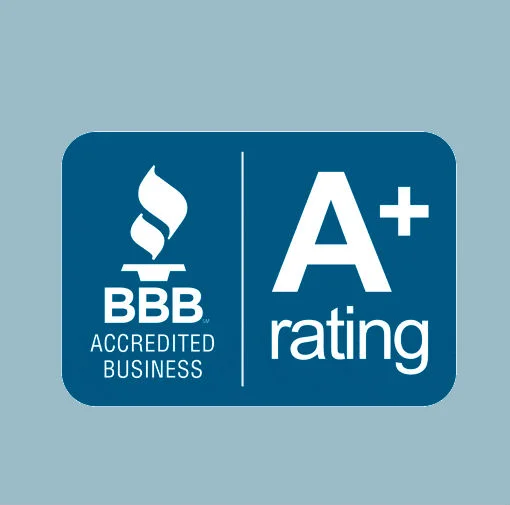Your Sterling Online Reputation and Six Best Practice Ways to Make It Better

Every doctor has two professional reputations to constantly manage:
- The “CV version” for colleagues, and
- The online reputation version for the public
The first version is what he or she believes professional colleagues know or think about—in person, or as a CV write-up, or what fellow professionals might say when you’re not in the room. This version is based on close, personal contact…occasions when doctors meet and/or work together. Interactions and observations might be clinical, business or perhaps social. It is this first type of reputation that professionals regard as most important and absolutely critical to manage. Indeed, it’s a critical foundation for a professional existence.
Related: 9 Essential Steps to Improve Doctor Ratings Online
But it is the second type—your online reputation—that is widely seen and recognized by the general public. Curiously, the patients and prospective patients have almost no means to judge the clinical skills that represent the abilities of a medical practitioner. (The clinical particulars are usually the mainstay of the CV-type.)
The larger audience forms an understanding, or online reputation, by what they find on physician rating boards, practice and practitioner reviews, and comments and discussions or other patients. And it is in this “reputation arena” that carries the most influence with other members of the public.
How to Craft a Sterling Online Reputation
Collectively, the online reputation management has the greatest public influence on capturing, or losing, new business into the practice.
- More than half of consumers list reputation first in the selection process
- Positive, or excellent, online reviews inspire trust in a practitioner or practice
- Patients usually read four or more reviews before they trust a practitioner
- Over 90 percent of patients will select a local doctor with a five-star rating
- Close to 40 percent of patients would not select a provider with negative reviews
The professional’s online reputation forms in the mind of the prospective patient. Their selection process is shaped largely by the reviews and ratings of others. That process—following by the actions of others—is the powerful dynamic of social proof or social influence at work. Assuming that your patient experience is world-class, here are some of the steps to shaping a sterling online reputation.
#1. Don’t be modest about asking for testimonials.
It’s easy enough to do, but many practitioners neglect the simple action step of asking. Make it a habit to ask for comments, provide a simple instruction card with review site directions, or provide a brief survey that’s geared to service improvement. The majority of comments will be positive. Occasionally, a comment may reveal something in need of improvement.
#2. Take advantage of any negative comments.
Even the best of practices may draw an occasional not-so-flattering review. Although the majority of patient comments are positive, the real opportunity to improve and exceed is to address patient concerns. The first steps are to:
- Demonstrate concern
- Quickly respond and embrace the issue(s)
- Be a caring leader, anxious to resolve the concern
Being quick to discover and quick to respond is important with negative problems. The silent approach (even if you were not aware of the comment) implies that the issue or problem is being ignored. Trust is at stake. Take the issue off-line if necessary, but be proactive about a resolution.
#3. Install a system to diligently monitor your online persona.
Like it or not, consumer ratings are now an influential part of healthcare delivery. As with professional referrals, have an operating system to watch the places that influence patients and your reputation:
- Assign the monitoring as a regular staff responsibility
- Install Google Alerts, Social Mention or other pulse-checker
- Routinely check your listing on review and comment sites
- Respond to positive as well as negative comments
#4. Check and correct your N-A-P information.
A surefire way to cut off inbound calls is to have out of date NAME, ADDRESS, PHONE info listed. Check these constantly for accuracy in directories and online listings.
#5. Expand and enhance your online profile.
In addition to fundamental directory listings (NAP), take every opportunity to complete (and regularly update) the profile section of social media and online descriptions. Here’s where you have an opportunity to shine. Prospective patients respect a doctor’s experience, training, awards and expertise.
#6. Actively jump into (or lead) the conversation.
Don’t be a bystander when you can be an active participant in social media discussions. Seek out timely and relevant topics and inspire or lead discussions. Ask questions, provide new information or respond to questions within a group.
You can shape your online reputation…
These are some of the ways that you can influence the information—and manage the reputation—that people find online. Because your influence is slightly indirect, it can be a challenging task. But the time and effort that’s invested can often realize an immediate return. People tend to see and absorb the first few entries in a physician review page. And newer comments usually float to the top of the page.
How well are you monitoring your online reputation? Remember that positive information and ratings are a significant influence in generating new business. But negative online reviews about their existing provider can cause them to change to any out-of-network physician. Further, nearly half of searching patients would go out-of-network for a physician with more positive reviews. [Software Advice study]
Related Articles:
Beware of These 6 Reputation Management Mistakes Most Doctors Make
9 Essential Steps to Improve Doctor Ratings Online
How Your Online Doctor Reputation Can Make or Break Patient Choices
Reputation Management: 3 Steps to Winning the Patient Ratings Game
Protecting Your Reputation: Doctors Who Ignore Social Media Are at Risk









